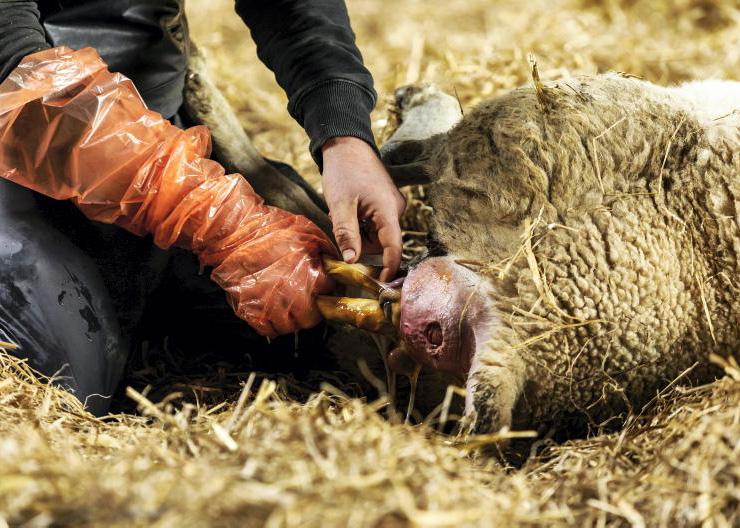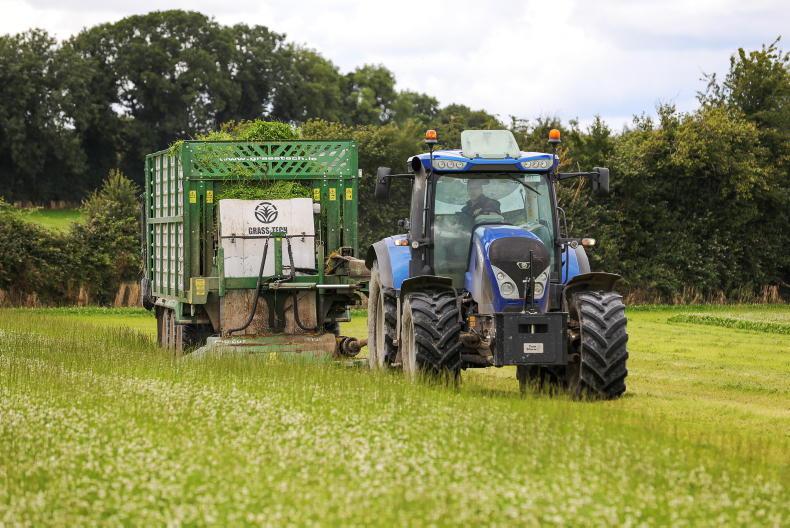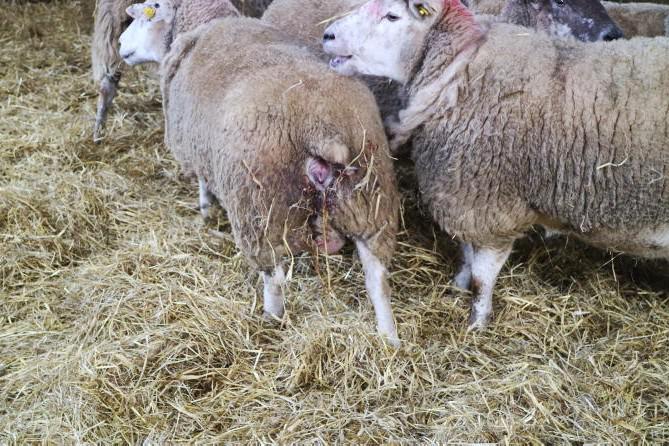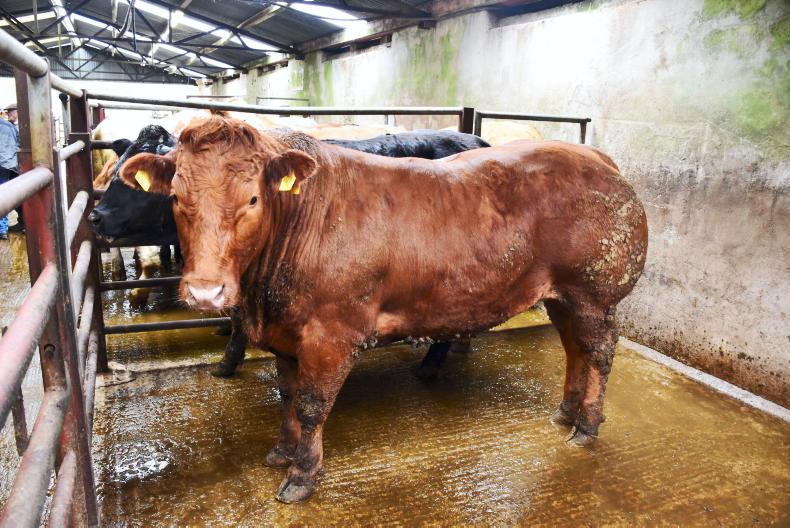Conference messages
The learnings from this week’s Teagasc lowland sheep conferences will be covered in detail in the coming weeks, but in the meantime there are some timely messages that are worth considering.
Teagasc’s Tim Keady highlighted the importance of safeguarding body condition in ewe lambs lambing down as yearling hoggets.
He said that such sheep will face huge nutritional pressure as they progress to late pregnancy, and that failing to satisfy nutritional requirements will increase the risk of mortality and raise labour demands, with hoggets giving birth to light/weaker lambs and struggling to supply enough high-quality colostrum.
In response to a question regarding the merits of earlier supplementation, Keady said that such a practice has worked well in Athenry in recent years.
Concentrate supplementation is introduced at housing, which varies from late December to January at a rate of 0.25kg to 0.3kg per head daily, along with ad lib access to high quality silage. The typical Teagasc supplementation rate for twin-bearing ewes is then adopted as sheep enter late pregnancy, with hoggets built up to 0.6kg to 0.7kg concentrates, depending on silage quality, pre-lambing.
Keady commented that he has no issues with such a feeding programme in well-grown yearling hoggets, and finds it supports optimum lamb birthweights and a supply of good-quality colostrum.
Investigating issues
A central theme running across a health panel discussing the diagnosis and management of flock health issues repeatedly highlighted the value of using body condition score as a tool for identifying flock health and management issues.
Seamus Fagan from the Athlone Regional Veterinary Laboratory told farmers that there is no need to get hung up on the exact science or practice of precisely scoring ewe body condition.
He advised that regular monitoring and even adopting a practice of monitoring the percentage of fat ewes, those in adequate body condition and thin ewes can be invaluable in assessing flock health and quickly picking up issues.
Any unexplained spike in the number of thin ewes in a flock should raise alarm bells and warrant investigation as to the cause.
Fallen animals are particularly beneficial in shedding light on health issues, and farmers are advised to present such for post mortem investigation, or at least raise cases with your vet who may also be able to shed light on issues.
Investigating issues early can be the difference in getting on top of a problem before it gets a chance to spread and prevent possible disease outbreaks.
The monitoring of body condition on a regular basis will also greatly aid management decisions and allow preferential treatment to be targeted to sheep falling below optimum condition.
The second Teagasc Lowland Sheep Conference takes place on Thursday 25 January in the Clanree Hotel, Letterkenny, Co Donegal starting at 7pm. The event is free to attend and pre-registration is not required.
Sheep census reminder
The deadline for farmers to complete and return the 2023 annual sheep and goat census in hardcopy format is 31 January 2024. Online submissions via agfood.ie or those made via the AIM Services App have an extended deadline of 14 February 2024.
It is important to note that in the event of a census return being posted and not received by the Department, the only acceptable proof of postage is a Registered Post Receipt. A certificate of postage will not be accepted as proof of postage.










SHARING OPTIONS